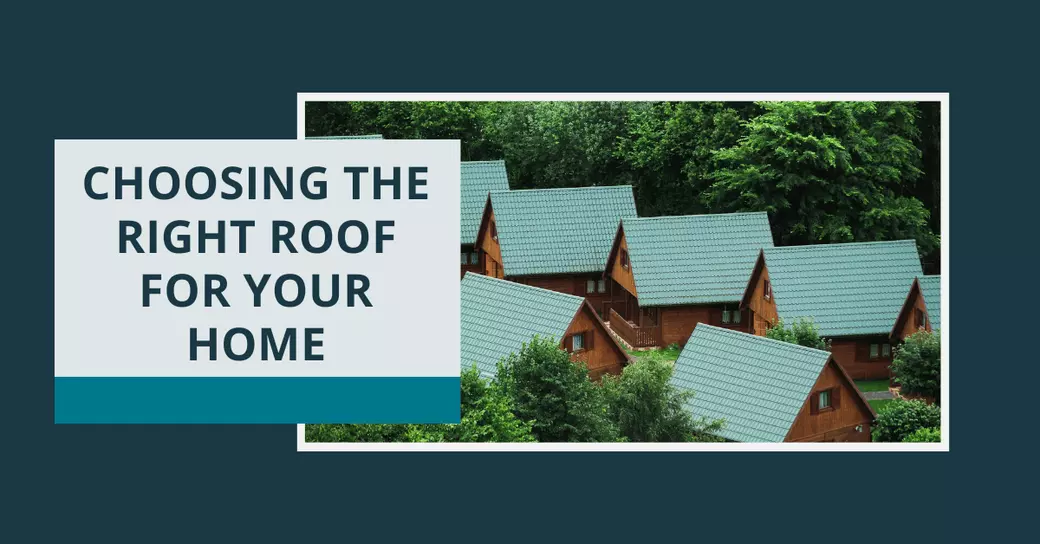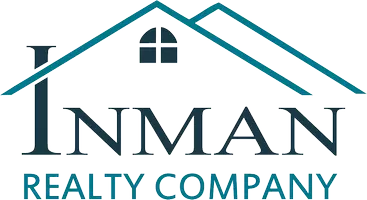Types of Roofs: A Complete Homeowner’s Guide

This updated guide explores the most popular types of roofs, their pros and cons, and the latest innovations in roofing materials.
1. Asphalt Shingles: Affordable and Reliable
Asphalt shingles remain the most common roofing material in the U.S. because they are affordable and available in many styles and colors.
Pros: Cost-effective, easy to install, and now designed with energy-efficient technology that reflects sunlight to keep homes cooler.
Cons: Shorter lifespan (around 15–30 years) and can be damaged by strong weather conditions.
Latest Trend: Homeowners are choosing energy-saving shingles that help lower cooling costs without sacrificing style.
2. Metal Roofing: Durable and Energy-Efficient
Metal roofs are gaining popularity for their sleek appearance and exceptional durability, lasting more than 50 years.
Pros: Fire-resistant, eco-friendly, lightweight, and great for homes in areas with extreme weather.
Cons: Higher initial cost and may dent during heavy hail.
Latest Trend: Stone-coated steel and standing seam metal roofs now mimic traditional shingles while offering better protection. Many models are also solar-ready for easier solar panel installation.
3. Tile Roofing (Clay, Concrete, and Slate): Elegant and Long-Lasting
Tile roofs are a timeless favorite for homeowners who value both style and durability.
Pros: Fire-resistant, long-lasting, and significantly boosts property value.
Cons: Heavy, costly, and can crack in cold climates with freeze-thaw cycles.
Latest Trend: Lightweight concrete and recycled tiles are making tile roofing more affordable and eco-friendly.
4. Wood Shingles and Shakes: Rustic and Natural Appeal
Wood roofing offers a warm, natural aesthetic that adds character to any home.
Pros: Eco-friendly, naturally insulating, and weathers beautifully with age.
Cons: Requires high maintenance and can be prone to fire, rot, or insect damage.
Latest Trend: Fire-treated and synthetic wood shingles are becoming popular alternatives that retain the look of real wood without the drawbacks.
5. Flat Roofing: Modern and Functional
Flat roofs are a staple in modern architecture and urban homes.
Pros: Great for rooftop patios, gardens, or solar installations; also easier to access and maintain.
Cons: Poor drainage can lead to leaks if not properly designed or maintained.
Latest Trend: TPO, PVC, and EPDM membranes now offer better energy efficiency and durability. Green roofs featuring live vegetation are also gaining attention for their sustainability benefits.
6. Synthetic Roofing: Durable and Lightweight
Synthetic roofing materials combine innovation with style, replicating natural materials like slate or wood while being lighter and more affordable.
Pros: Lightweight, durable, weather-resistant, and recyclable.
Cons: More costly than asphalt but less expensive than natural tile or slate.
Latest Trend: Impact-resistant synthetic shingles are becoming a top choice in areas prone to hail, hurricanes, and wildfires.
7. Solar Roofing: The Future of Energy and Design
Solar roofing is transforming how homeowners think about energy efficiency. These roofs not only protect but also generate power for the home.
Pros: Reduces electricity bills, increases home value, and supports sustainability.
Cons: High upfront cost and limited availability, with repairs often requiring specialized expertise.
Latest Trend: Solar shingles are becoming more affordable and accessible thanks to government incentives and advancements in design.
Key Factors When Choosing a Roof
- Budget: Balance short-term affordability with long-term savings.
- Climate: Select materials that can handle your area’s weather—hail, snow, heavy rain, or heat.
- Energy Efficiency: Look for cool roof or solar-ready systems that help lower energy costs.
- Resale Value: A durable, stylish roof can greatly increase your home’s market appeal.
- Maintenance: Choose materials that fit your willingness and capacity to maintain them over time.
Choosing the Right Roof for Your Home
Your roof is more than just protection it’s an investment in your home’s comfort, safety, and future value. Today’s homeowners are leaning toward sustainable, energy-efficient, and low-maintenance materials such as metal, synthetic, and solar roofing.
Before making a decision, consult a licensed roofing contractor familiar with your local weather conditions and building regulations.
Tip for Homebuyers: When viewing potential homes, always ask about the roof’s age, material, and warranty. Understanding these details can help you avoid costly repairs later on.
Categories
Recent Posts










